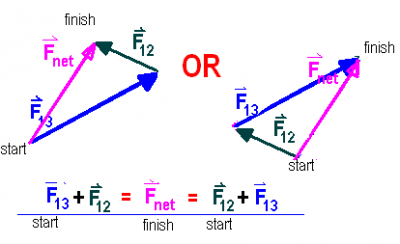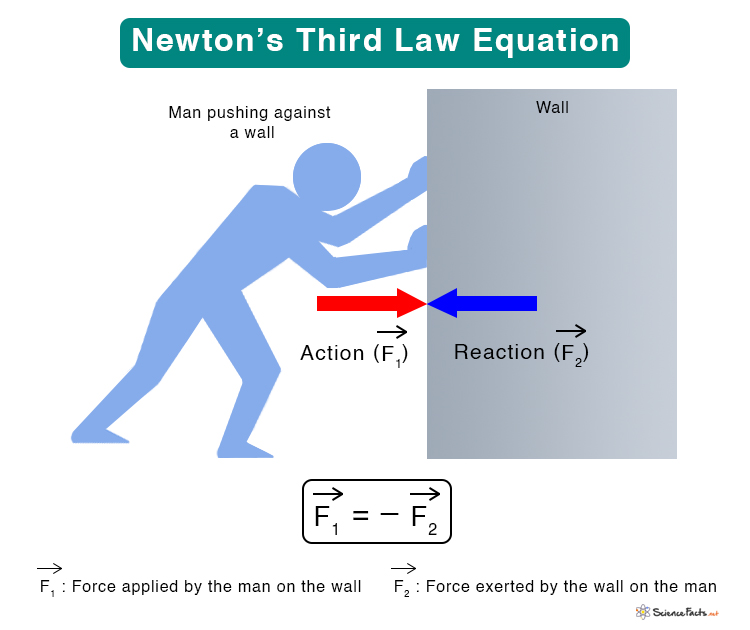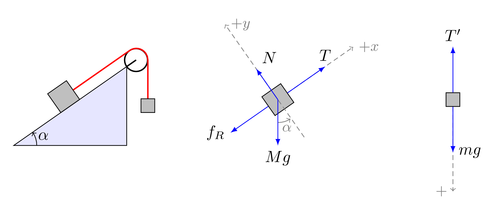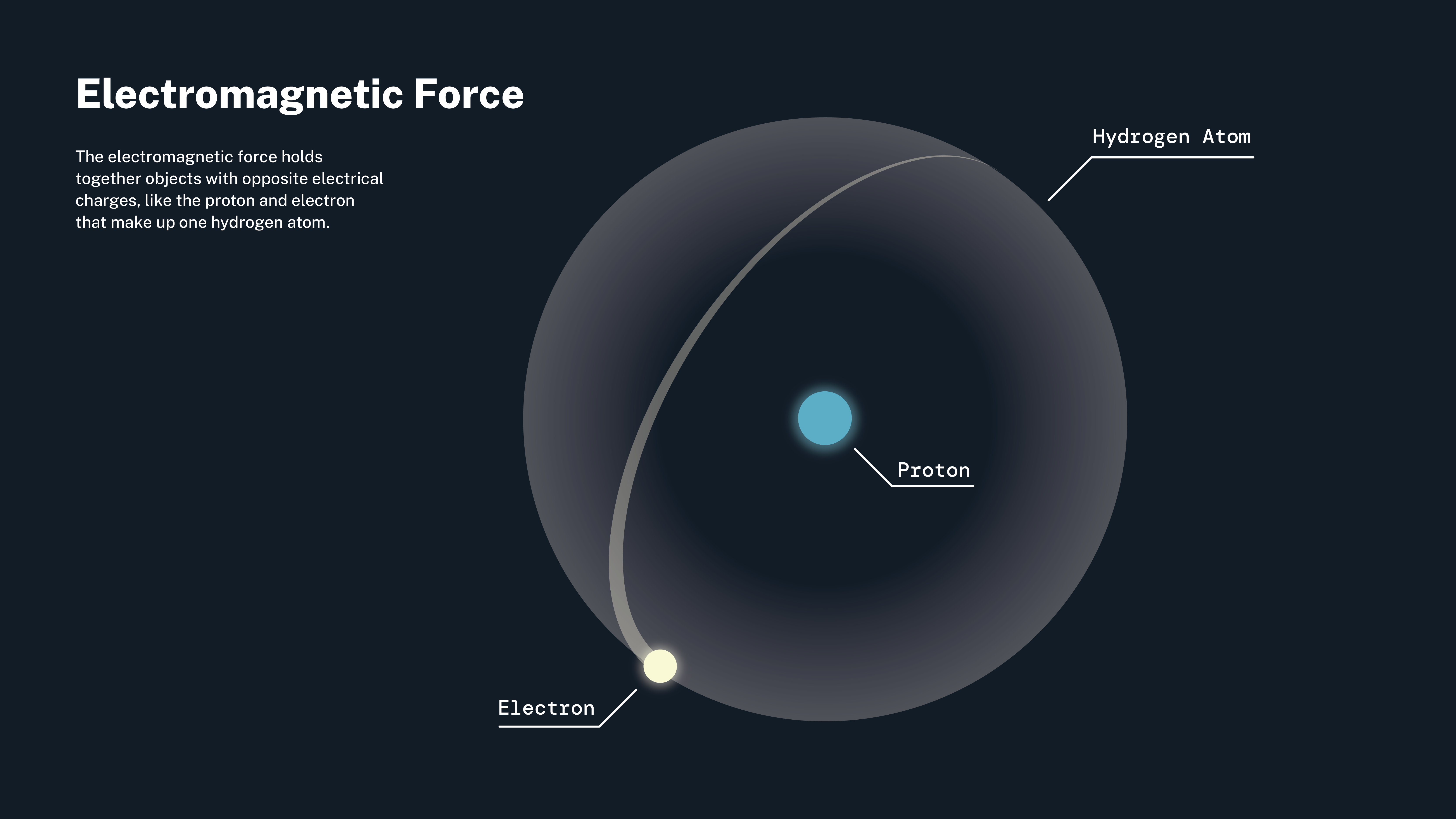Jed Quiaoit
AP Physics 2 🧲
61 resourcesSee Units
If you took AP Physics 1 before this course, you’ll re-encounter a lot of familiar friends that helped make problem solving in the whole of kinematics and mechanics more comfortable. If not, that’s fine! We’ll introduce you to some of the most important figures and principles governing physics in the world of electromagnetism. 😉
Forces and Vectors
Forces essentially describe the interactions between objects. Although there are many different types of forces, they all share certain common characteristics when considered by observers in inertial reference frames! 🚌
1️⃣ Forces are described by vectors. This allows forces to be represented graphically as arrows, where the length of the arrow represents the magnitude of the force and the direction of the arrow represents the direction of the force.

Source: MIT Scripts
2️⃣ Forces are detected by their influence on the motion of an object. This means that if an object is subject to a force, it will experience a change in its motion, either in its velocity or in its direction. This change in motion is a measurable effect that can be used to detect the presence of a force.
3️⃣ Forces have magnitude and direction. The magnitude of a force is a measure of how strong the force is, while the direction of the force is the direction in which the force is applied. The units of force are typically measured in Newtons (N), and the direction of the force is usually given as an angle with respect to a reference axis.
Finally, all forces share common characteristics when considered by observers in inertial reference frames. An inertial reference frame is a reference frame in which an object at rest remains at rest and an object in motion remains in motion with a constant velocity unless acted upon by a force.
In an inertial reference frame, all forces are subject to the same laws of motion, such as Newton's laws of motion, which describe how forces affect the motion of an object.
Forces as Interactions Between Objects
Diving deeper on the characteristics mentioned in the previous section, we’ll now talk focus on the interaction aspect of forces:
1️⃣ A force exerted on an object is always due to the interaction of that object with another object. This means that an object cannot exert a force on itself. For example, when you lift a book off a table, the force you exert on the book is due to the interaction between your hand and the book, not the book exerting a force on itself.
2️⃣ Even though an object may be at rest, there may be forces exerted on that object by other objects. For example, a book sitting on a table is subject to the force of gravity, which pulls it downwards towards the center of the Earth. The force of gravity on the book is always present, even though the book may not be moving.
3️⃣ The acceleration of an object, but not necessarily its velocity, is always in the direction of the net force exerted on the object by other objects. This means that if there are multiple forces acting on an object, the net force is the vector sum of all the forces. The direction of the net force determines the direction of the acceleration of the object, while the magnitude of the net force determines the magnitude of the acceleration.
Newton's Third Law of Motion
The big idea: If one object exerts a force on a second object, the second object always exerts a force of equal magnitude on the first object in the opposite direction. 👍
The key concept behind this law is that forces always occur in pairs. When two objects interact with each other, they exert equal and opposite forces on each other. These forces are known as action and reaction forces, and they always act on different objects.
For example, if you push on a wall with a certain force, the wall will push back on you with an equal and opposite force. The force that you exert on the wall is the action force, while the force that the wall exerts on you is the reaction force.

Source: Science Facts
It is important to note that the action and reaction forces are always of the same type, i.e., they have the same magnitude and direction, but act on different objects. For example, if you push on a wall with a force of 10 N, the wall will push back on you with a force of 10 N in the opposite direction. These forces are of the same magnitude and opposite in direction, but act on different objects.
Free-Body Diagrams
Free-body diagrams are a powerful tool in physics that allow us to visualize and analyze the forces acting on a single object. They are useful for a wide range of applications, from understanding the motion of a simple pendulum to designing complex mechanical systems. 🎨
To create a free-body diagram, an object is drawn as if it were extracted from its environment, and all the forces acting on it are identified. The forces are then represented as arrows whose length represents the magnitude of the force and whose direction shows the direction of the force.
The arrowhead indicates the direction in which the force is acting, and the length of the arrow is proportional to the magnitude of the force. For example, the force of gravity acting on an object can be represented by a downward arrow whose length is proportional to the weight of the object.

Source: TeXample
The use of a coordinate system can also simplify the translation from the free-body diagram to the algebraic representation. Choosing a coordinate system with one axis parallel to the direction of the acceleration allows us to separate the forces acting along that axis from the forces acting perpendicular to it. This also makes it easier to write the equations that represent the physical situation.
Electromagnetic Forces
Electromagnetic forces are exerted at all scales, from subatomic particles to astronomical objects. These forces arise from the interaction of electrically charged particles and are responsible for a wide range of phenomena, including chemical reactions, the behavior of magnets, and the behavior of light.
At the human scale, electromagnetic forces can dominate and have a significant impact on our daily lives.

Source: NASA
For example, the electromagnetic force is responsible for the interaction between the electrons in our bodies and the electromagnetic fields that surround us, such as those produced by electrical power lines, electronic devices, and radio waves. These fields can have both positive and negative effects on our health, depending on the strength and frequency of the field and the duration and proximity of our exposure.
Relevant Equations

Browse Study Guides By Unit
💧Unit 1 – Fluids
🔥Unit 2 – Thermodynamics
⚡️Unit 3 – Electric Force, Field, & Potential
💡Unit 4 – Electric Circuits
🧲Unit 5 – Magnetism & Electromagnetic Induction
🔍Unit 6 – Geometric & Physical Optics
⚛️Unit 7 – Quantum, Atomic, & Nuclear Physics
📆Big Reviews: Finals & Exam Prep
📚Study Tools

Fiveable
Resources
© 2025 Fiveable Inc. All rights reserved.